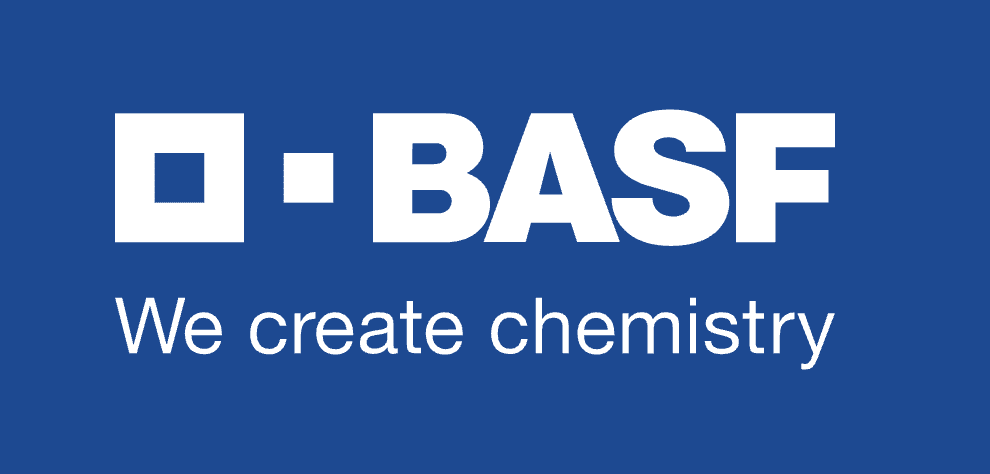Enhanced TDS
Identification & Functionality
- Chemical Family
- Agrochemical Functions
- Cleaning Ingredients Functions
- Pharma & Nutraceuticals Functions
- Technologies
- Product Families
- Producer Product Number
- 30044065
Features & Benefits
- Labeling Claims
- Agrochemicals Features
- HII Features
Applications & Uses
- Markets
- Applications
- Home Care Applications
- I&I Cleaning Applications
Properties
- Formulation Type
- Physical Form
- Solubility Data (10% at 23°C)
- The solubility increases in line with their cloud point.
- With a cloud point below room temperature can be made to form clear solutions by adding solubilizers such as alcohols, glycols or sodium cumene sulfonate.
- Viscosity Data
It is advisable to stir the surfactant into water when preparing aqueous solutions of Plurafac® LF types. The viscosity of solutions made up in the reverse order can be too high at certain concentrations. The relationship between the viscosity and water addition of solutions of Plurafac® LF types is shown in the tables below.
- Note
- * Method A: 7 g of surfactant + 100 g of distilled water
- * Method B: 1 g of surfactant + 100 g of NaCl solution (c = 50 g/l)
- * Method C: 1 g of surfactant + 100 g of NaCl solution (c = 100 g/l)
- * Method D: 5 g of surfactant + 45 g of butyldiglycol solution (c = 250 g/l)
- * Method E: 5 g of surfactant + 25 g of butyldiglycol solution (c = 250 g/l)
- ** The Plurafac® LF types can undergo a decrease in PH during storage, but this does not affect their performance.
- *** Applying Harkins-Jordan correction.
Regulatory & Compliance
- Certifications & Compliance
- Chemical Inventories
- Quality Standards
Packaging & Availability
- Country Availability
- Packaging Type
- Packaging Information
- 200KG Plastic drums
- 950KG Composite IBC
Storage & Handling
- Storage Condition
- The Plurafac® LF types should be stored indoors in their original packaging, which should be kept tightly sealed.
- The Plurafac® LF types are hygroscopic and soluble in water, with the result that they absorb moisture very quickly. Drums should be tightly resealed each time material is taken from them.
- The storage temperature should not be allowed to fall substantially below 20°C, and storerooms must not be overheated.
- The Plurafac® LF types can become cloudy if they are stored at low temperatures, but this has no effect on their performance. The cloudiness can be dissipated by heating them to 40 - 50°C
- Liquid that has solidified or that shows signs of precipitation should be heated to approx. 40 — 50°C before it is processed.
- Drums that have solidified or that have begun to form a sediment should be reconstituted by gentle heating, preferably in a heating cabinet. The temperature must not be allowed to exceed 50 - 60°C. This also applies if drums are heated by external electrical elements. Internal electrical elements should not be used because of the localized anomalies in temperature that they cause.
- The Plurafac® LF types must be blanketed with nitrogen if they are stored in heated tanks (at approx. 50°C) to prevent them from coming into contact with air. Gentle, constant stirring helps to prevent them being diskolored as a result of prolonged contact with electrical elements or external heating coils.
- The following materials can be used for tanks and drums:
- AISI 316 Ti stainless steel
- AISI 321 stainless steel
- Provided they are stored properly and drums are kept tightly sealed, the Plurafac® LF types have a shelf life of at least two years in their original packaging.
